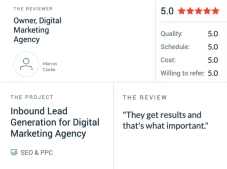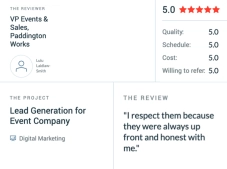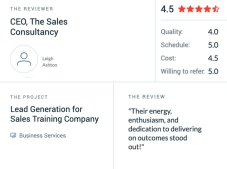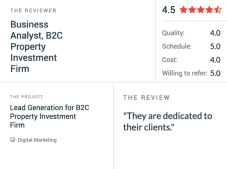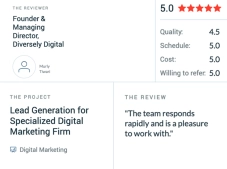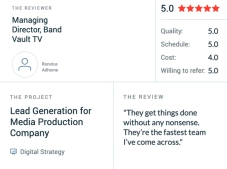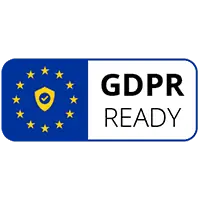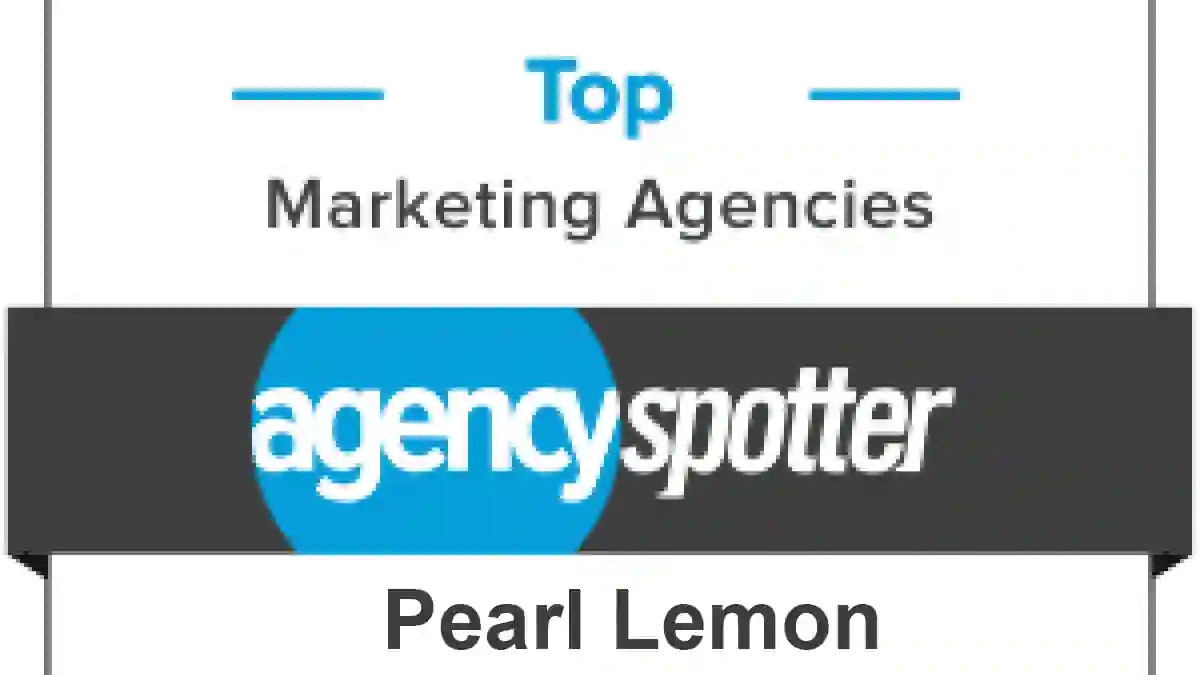The Best Ways To Use Linkedin For B2B Lead Generation
LinkedIn has become a powerful platform for B2B lead generation. With over 700 million users, it is the largest professional networking site in the world. LinkedIn’s unique features make it an excellent tool for businesses to generate leads and build relationships with prospects.
In this blog, we are going to look at how you can generate B2B leads using LinkedIn. But first:
How To Use Linkedin For B2B Lead Generation
LinkedIn has become a powerful B2B lead generation tool, allowing businesses to connect with potential clients, partners, and employees. Here are some of the best ways to use LinkedIn for B2B lead generation.
How To Use LinkedIn Sales Navigator To Generate Leads?
Starting with Sales Navigator can be overwhelming if you don’t know where to begin. Let us explore how to use LinkedIn Sales Navigator to generate leads effectively.
Set Up A Profile
Many B2B companies fail to take advantage of LinkedIn’s potential because they don’t have an optimised profile. Setting up a strong profile is the first step towards leveraging LinkedIn as a lead generation tool.
To create an effective LinkedIn profile, start by filling out all the required fields on your company page, including your logo, tagline, and description. Then, use relevant keywords throughout your profile to make it easier for prospects to find you. You should also include links to your website and other social media profiles so visitors can easily learn more about your business.
Connect With Potential Clients
Before generating leads, you must connect with potential clients on the platform. Building a strong network of connections is key to leveraging LinkedIn for B2B lead generation.
One way to connect with potential clients is by joining relevant groups in your industry or niche. This allows you to engage with other professionals in your field and expand your network beyond those you know personally.
You can also search for potential clients using LinkedIn’s advanced search feature, which allows you to filter based on specific criteria such as job title and company size.
Show Your Value
Simply having a LinkedIn profile is not enough. To successfully generate leads on this platform, you must demonstrate your value and build trust with your target audience.Optimising your profile is the first step in demonstrating your value on LinkedIn. Your headline should clearly state what you do and who you help. Use keywords related to your industry so potential clients can easily find you.
Additionally, ensure your summary accurately describes the benefits of working with your company and highlights any unique selling points.
Another way to showcase your value on LinkedIn is by providing valuable content through regular updates and articles. Share industry news, insights, tips or case studies demonstrating your field expertise.
Use Linkedin Contact Targeting
With the right strategy, you can use LinkedIn to find new customers and grow your business. To do this effectively, however, you must ensure your messaging reaches the right people. That’s where LinkedIn contact targeting comes in.
With LinkedIn contact targeting, you can be sure that your ads and sponsored content are being shown to the people most likely to be interested in your offer.
This feature allows you to target specific companies or job titles so that your content appears only to those who match certain criteria. By narrowing down your audience in this way, you’ll increase the chances of generating high-quality leads that are more likely to convert into customers.
Tips For Your Linkedin B2B Lead Generation Strategy
To increase your chances of success, you need to leverage various strategies that will help you capture the attention of your target audience.
Engage Your Workforce
Engaging your workforce is among the most important tips for a successful LinkedIn B2B lead generation strategy. Your employees are one of the most powerful tools you have when it comes to generating leads on LinkedIn. You can tap into their networks and expand your reach by involving them in your marketing efforts.
To start engaging your workforce, ensure all employees have complete and up-to-date
LinkedIn profiles. Encourage them to follow and connect with key players in your industry and potential clients or customers. Additionally, consider implementing an employee advocacy program where employees can easily share company updates and content on their pages.
Use All The Tools At Your Disposal
Simply having a LinkedIn profile isn’t enough – you must take advantage of all the tools available to maximise your success.
The Sales Navigator feature is essential for B2B lead generation on LinkedIn. This powerful tool allows you to target specific companies or industries, identify decision-makers within those organisations, and track their activity on the platform. With Sales Navigator, you can easily engage with potential leads and build relationships leading to new business opportunities.
Another valuable tool is LinkedIn Groups. These communities bring together professionals with similar interests or backgrounds and provide an excellent opportunity to connect with potential customers in your industry.
Use Interactive Content
To increase your chances of success, you need to leverage various strategies that will help you capture the attention of your target audience.
One effective tip for your LinkedIn B2B lead generation strategy is using interactive content. Interactive content such as quizzes, polls, and surveys engages the audience and encourages them to participate actively in conversations about your brand or product.
This type of content also helps you gather valuable insights about your target audience’s preferences and interests. By understanding their needs better, you can tailor your messaging to resonate with them more effectively.
Be Consistent
Consistency is one of the most important tips for your LinkedIn B2B lead generation strategy. It is key to building relationships and generating leads on LinkedIn. Whether posting content, engaging with others or sending messages, consistency in your approach will help you build trust and credibility among potential clients.
To achieve consistency, it is important to have a set schedule for your LinkedIn activities. This means deciding how often you post content, engage with others and send messages. It also means ensuring that the tone and messaging across these channels align with your overall brand values and messaging. Doing so will create a cohesive experience for potential clients, reinforcing your expertise and professionalism.
Conclusion
B2B lead generation on LinkedIn involves:
- Creating and optimising your company page.
- Building a strong network.
- Engaging with prospects.
- Creating content that resonates with your target audience.
To use LinkedIn effectively for B2B lead generation, businesses must optimise company pages with relevant information about their products and services.
Creating engaging content that resonates with your target audience and encourages them to engage with your company on LinkedIn is also essential. Posting relevant articles or blog posts that provide value to your audience can help establish trust and credibility with potential customers.
Was this article helpful? Let us know in the comments.
FAQ
Can I solely use LinkedIn for lead generation?
LinkedIn has become an increasingly popular platform for businesses to generate leads, and the answer to whether or not it can be used for lead generation is a definite yes. LinkedIn allows you to connect with potential customers and clients professionally, making it a powerful tool for B2B marketing.
How do I approach B2B on LinkedIn?
The most important step is to engage in groups related to your business niche. Joining these groups allows you to connect with like-minded individuals, share valuable content and establish yourself as an expert in your field.
How do I find b2b clients on LinkedIn?
Optimising your profile is the first step to starting your search for B2B clients on LinkedIn. Make sure it reflects who you are and what you have to offer. This includes having a professional headshot, writing an engaging headline clearly stating what you do and crafting a summary highlighting your experience and skills.
Once you’ve optimised your profile, it’s time to connect with potential clients by joining relevant groups in your industry and participating in discussions.








